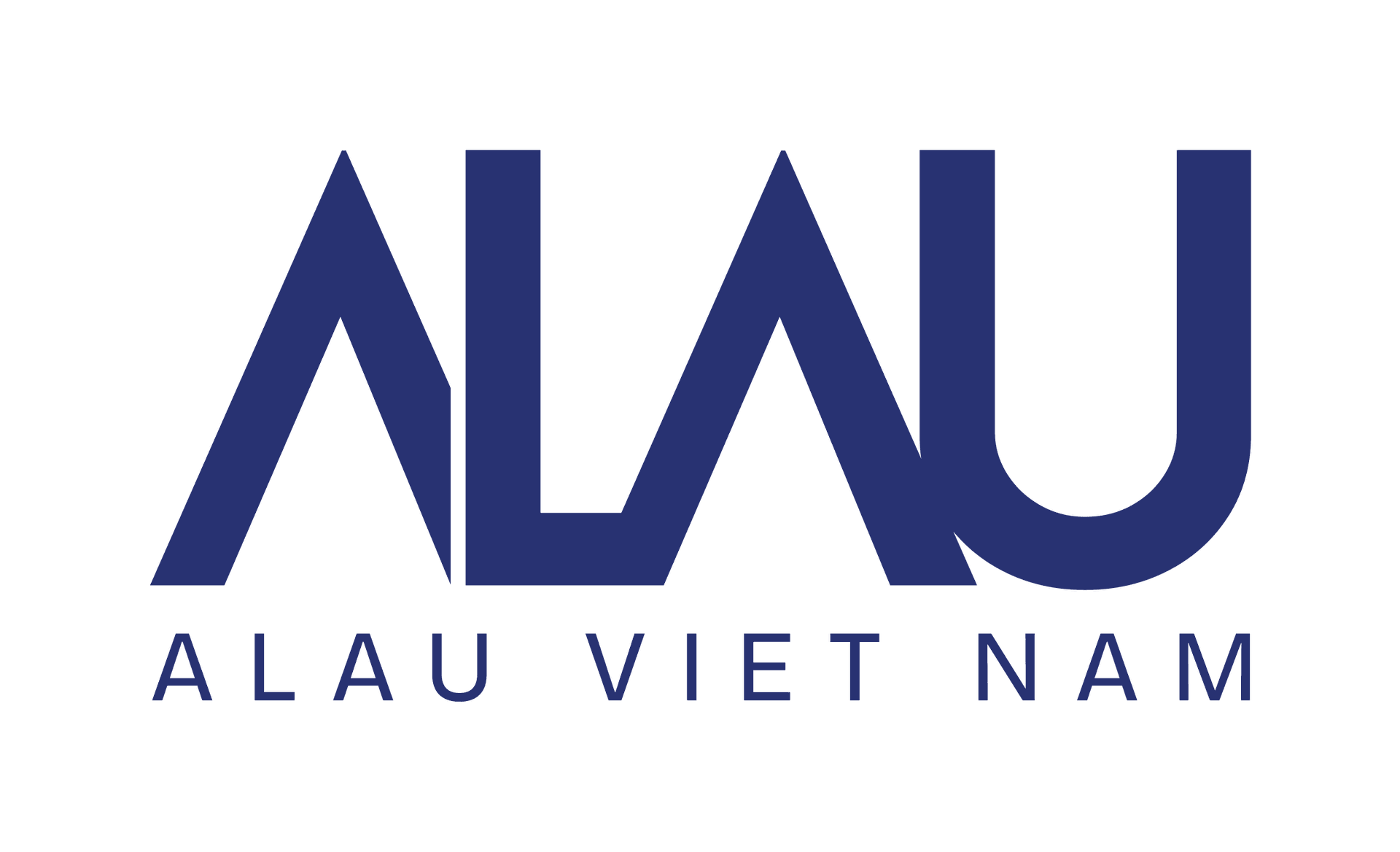
Article by ALAU VIETNAM
Product Registration For Imported Products (Food, Cosmetics, Pharma): Step-By-Step
For companies seeking to import food, cosmetics, or pharmaceuticals, product registration is a
mandatory step before entering the Vietnamese market. It ensures compliance with regulations, protects consumers, and avoids costly delays at customs. While each product type has its own rules, the process for imported goods generally follows four main steps.
Step 1 – Identify the Regulatory Authority
Each category of imported products falls under the responsibility of a different regulator:
• Food and dietary supplements: Vietnam Food Administration (VFA) or the respective Local
Food Authority, depending on the product type.
Website: https://vfa.gov.vn/
• Cosmetics and pharmaceuticals: Drug Administration of Vietnam (DAV), Ministry of Health.
Website: https://dichvucong.dav.gov.vn/
Identifying the correct authority from the outset ensures that importers prepare the appropriate dossier and avoid delays caused by submitting to the wrong agency.
Step 2 – Prepare the Documentation
Imported products require more extensive paperwork compared to locally manufactured ones. Common documents include like:
• Business license of the local importer/distributor.
• Letter of Authorization/Power of Attorney from the foreign manufacturer.
• Full ingredient list or API details depending on product type.
• Certificates: Certificate of Free Sale (FSC) from the country of origin, Certificate of Analysis
(COA), and GMP certificate for pharmaceuticals.
• Labeling and packaging information, translated into the local language.
All administrative documents must be legalized by the embassy/consulate, then translated and
notarized. Technical documents depend on the product type; for example, English is acceptable for medicines by DAV. This step is often time-consuming, and missing legalization is a common cause of rejection.
Step 3 – Submit the Application
The importer submits the dossier via the national online portal or directly to the authority. For imported goods, regulators check that the product is legally sold in its country of origin and complies with safety standards. They may request clarifications, extra test reports, or revised translations, so importers should be ready to respond quickly to avoid delays.
Step 4 – Review and Approval
The approval timeline depends on the product category:
• Imported food and supplements: 6–12 months if submitted to VFA; immediate validity if submitted to a local authority.
• Imported cosmetics: 1 month since the application date.
• Imported pharmaceuticals: 1–5 years.
Once approved, the importer is granted an official license:
• Certificate of Product Declaration (food)
• Notification Number (cosmetics)
• Marketing Authorization Number (pharmaceuticals)
These licenses must be presented for customs clearance at the port of entry, and the results are published on the regulator’s online system.
Conclusion
Product registration is the essential gateway for imported goods to enter the Vietnamese market.
The process requires:
• Legalized documents
• Accurate translations
• Close coordination with the foreign manufacturer and local authorities
Currently, new regulations are frequently introduced and often take immediate effect, which makes dossier requirements more complex. As a result, some products that were previously eligible for registration may now face stricter conditions.
Importers should therefore:
• Conduct a thorough legal review,
• Assess potential risks carefully,
• Confirm product eligibility for circulation in Vietnam before preparing the dossier.
For more information, visit ALAU VIETNAM at http://alauvietnam.com/